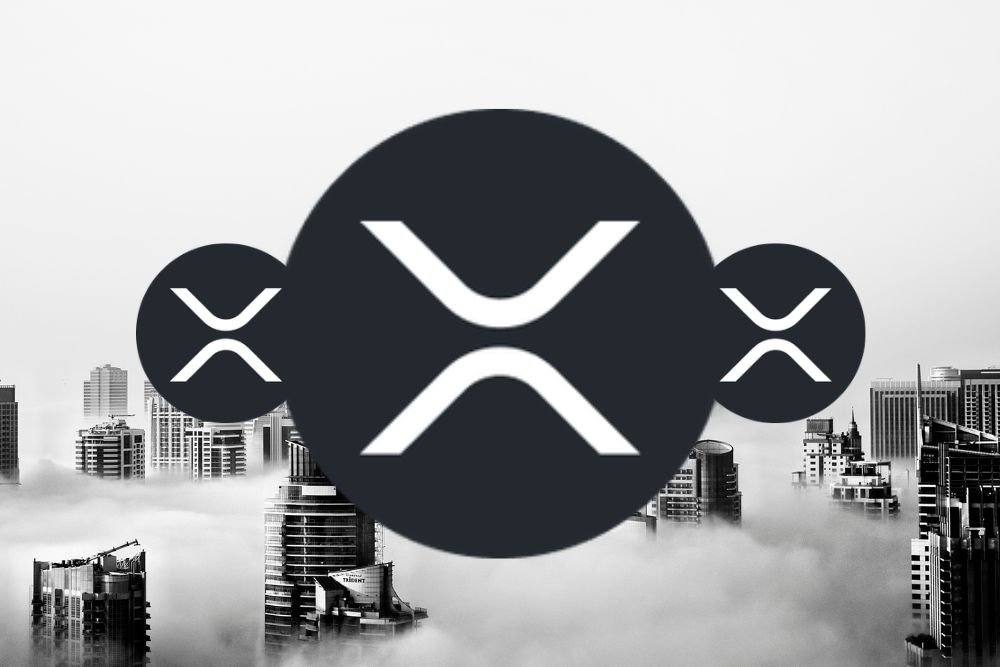Arc: An Economic Operating System
The Promise of Dollar-Based Efficiency
Circle is pitching Arc as an “Economic Operating System,” a fitting descriptor considering its ambitions. The core innovation lies in its design principles: predictable dollar-based fees, sub-second transaction finality, and optional privacy configurations. In a sector often criticised for exorbitant gas fees and sluggish transaction times, Arc aims to provide a stable, cost-effective, and rapid infrastructure. This is particularly crucial for institutional players where cost certainty and efficiency are paramount.
Imagine a world where cross-border payments settle in seconds for a fraction of a penny, or where decentralised lending platforms offer competitive rates without the volatility of native crypto assets. Arc’s promise is to make these scenarios a reality. The potential to streamline processes and reduce friction in traditional financial systems is immense, and that’s what’s capturing the attention of industry leaders.
The Heavy Hitters: Who’s Building on Arc?
The calibre of companies participating in the Arc testnet speaks volumes about its potential. Beyond BlackRock and Visa, the list includes Wall Street stalwarts like Goldman Sachs, BNY Mellon, Intercontinental Exchange, and State Street. Tech giants like Amazon Web Services and Cloudflare are providing the necessary infrastructure and security. Even traditional payment firms like Mastercard are taking a look. Crypto exchanges such as Coinbase, Kraken, and Robinhood are also actively participating, signaling a convergence between traditional and decentralised finance.
The sheer diversity of participants underscores the broad applicability of Arc. From traditional financial institutions exploring decentralised capital markets to tech companies seeking to integrate blockchain-based payments, Arc offers a platform for experimentation and innovation. The network effect created by this diverse ecosystem could accelerate adoption and solidify Arc’s position as a leading blockchain infrastructure provider.
The Technical Underpinnings
Key Features and Functionality
Arc’s architecture is specifically designed to address the pain points of existing blockchain networks. Dollar-based fees provide stability and predictability, eliminating the wild swings associated with volatile native tokens. Sub-second transaction finality ensures near-instant settlement, a necessity for high-frequency trading and real-time payments. The optional privacy configurations allow institutions to comply with regulatory requirements while still benefiting from the transparency and security of blockchain technology.
The integration with Circle’s existing platform and USDC stablecoin is a key advantage. USDC provides a stable and liquid medium of exchange, facilitating seamless transactions within the Arc ecosystem. The network is designed to support a wide range of financial applications, including lending, capital markets, foreign exchange, and global payments. This versatility makes Arc a compelling platform for institutions seeking to modernise their operations and tap into new revenue streams.
Read Also: Citi and Coinbase Partner: Unveiling a New Blockchain-Based Payment Network
Regional Stablecoins and Expansion
The inclusion of regional stablecoin issuers like JPYC from Japan, BRLA from Brazil, and QCAD from Canada further expands Arc’s utility and global reach. By supporting multiple stablecoins pegged to different currencies, Arc can facilitate cross-border transactions and reduce currency conversion costs. Circle plans to bring additional dollar- and euro-pegged stablecoin issuers onto the platform, further solidifying its position as a global financial infrastructure provider.
This multi-currency approach is particularly relevant in today’s globalised economy. Businesses can use Arc to streamline international payments, reduce FX risk, and access new markets. The potential to integrate with existing banking systems and payment networks makes Arc a viable alternative to traditional cross-border payment solutions.
The Road Ahead
Decentralisation and Governance
While Circle is currently leading Arc’s development, the long-term vision is to transition the network towards distributed governance. This involves expanding validator participation and establishing community-driven governance frameworks. The goal is to create a decentralised, resilient network controlled by its users, not by a single entity.
The transition to decentralised governance is critical for ensuring the long-term sustainability and security of Arc. A diverse and geographically distributed set of validators can enhance the network’s resistance to attacks and censorship. Community-driven governance frameworks can ensure the network evolves to meet users’ needs. If achieved, this will be vital in ensuring that Arc remains relevant in the fast-paced world of cryptocurrency.
Challenges and Opportunities
Arc faces several challenges as it moves towards mainnet launch. Regulatory uncertainty remains a major hurdle, particularly in the United States. Circle will need to navigate complex and evolving regulations to ensure that Arc complies with all applicable laws. Competition from other Layer-1 blockchain networks is also intensifying, with several projects vying for institutional adoption.
However, the opportunities are immense. Arc has the potential to transform the financial industry by providing a more efficient, transparent, and accessible infrastructure. If Circle can successfully navigate the challenges and execute its vision, Arc could become the foundation for a new era of decentralised finance.






